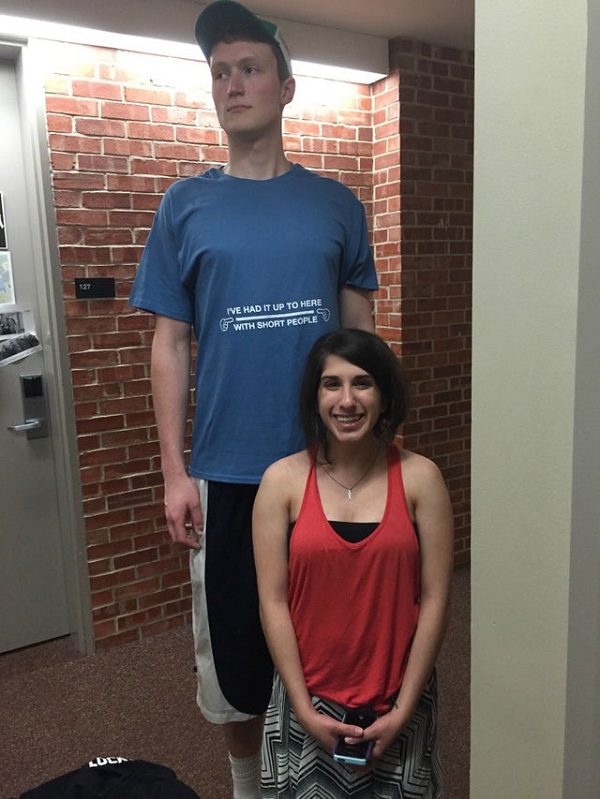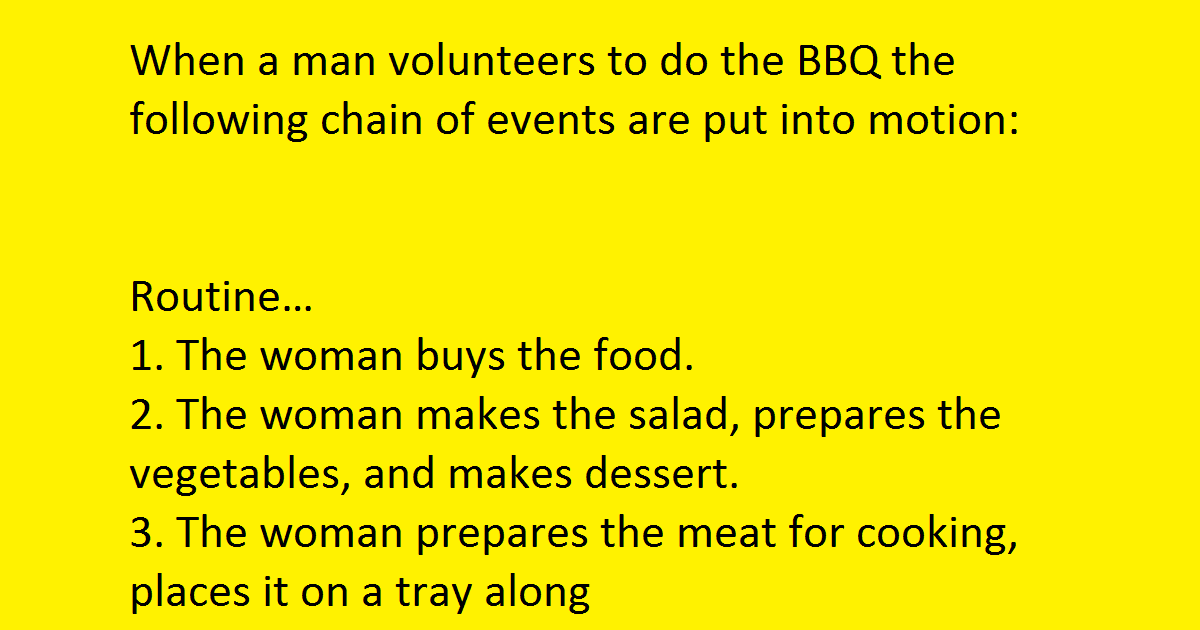There’s no denying being tall has plenty of great benefits. However, most people don’t realize those benefits are only one-half of a double-edged sword. The giants among us face tall people problems not many think about on a daily basis. From clothing to ceiling height, the struggle is all too real for many tall people. Are you ready to see some of the funniest foes a tall person has?
Here are 25 Hilarious Tall People Problems
Looks totally safe!





















Big and Little Facts About Tall People
1. Tall people may be smarter.
A 2014 University of Edinburgh study found that taller individuals may be more intelligent. Researchers examined more than 6,000 unrelated subjects and discovered there was a small correlation between height and higher IQs. You genius, you.
2. Your risk of diabetes is lower (if you’re a woman).
Here’s a reason to celebrate being a vertically inclined lady. A collective analysis of studies published in the journal Obesity Reviews showed that women with a taller stature were less likely to develop type 2 diabetes. The risk for developing the condition was the same for men, whether they were tall or short.
3. You might be more successful.
Forget commanding any old room ― you might take charge of the boardroom. Research shows that CEOs are taller on average. Additionally, about half of male Fortune 500 CEOs are at least three inches taller than other males who aren’t in as prominent positions, Bloomberg reported. Boom.
4. Tall individuals may be paid more at work.
Take this to the bank. Research shows that even just an extra inch of height could be worth approximately $800 in more earnings per year, The Atlantic reported. Another analysis published in the Journal of Human Capital found that being in the 75th percentile for height is associated with a 9 to 15 percent salary increase.
5. You’re seen as more confident.
There’s no excuse to not strut your stuff because the world sees you as a powerhouse anyway. Research shows taller individuals appear more confident and had better social skills in adolescence because they were more likely to participate in activities like sports and school clubs.


